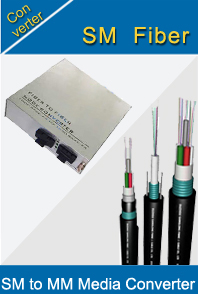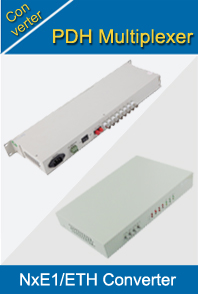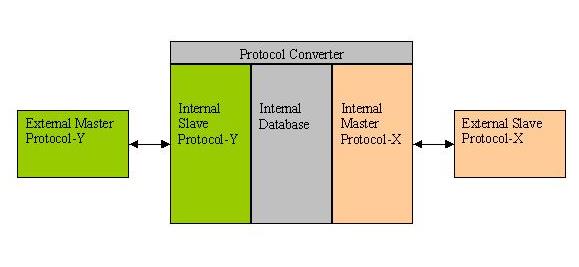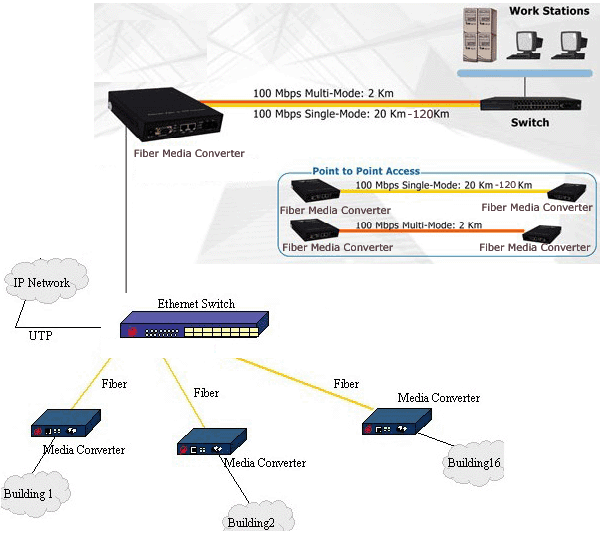-

- Sopto Home
-

- Special Topic
-

- Converter Knowledge
-

- General Architecture of a Protocol Converter
Converter Knowledge
- Form Factors and Application of Ethernet Media Converter
- Ethernet over 4 E1 Converter Brief Introduction
- What is the Difference between RS232 and RS485 Serial Interfaces
- What is the Difference between RS232 and RS485 Serial Interfaces
- How to Convert an Analog Telephone to VoIP Protocol?
- How to Find the Internet Protocol Address and Media Access Contr
- How to Convert from Fast Ethernet to Fiber Optics?
- How to Connect a Fiber Converter?
- How to Convert Ethernet to Fiber Media Converters?
SOPTO Special Topic
Certificate



Guarantee
Except products belongs to Bargain Shop section, all products are warranted by SOPTO only to purchasers for resale or for use in business or original equipment manufacturer, against defects in workmanship or materials under normal use (consumables, normal tear and wear excluded) for one year after date of purchase from SOPTO, unless otherwise stated...
Return Policies
Defective products will be accepted for exchange, at our discretion, within 14 days from receipt. Buyer might be requested to return the defective products to SOPTO for verification or authorized service location, as SOPTO designated, shipping costs prepaid. .....
Applications
An Ethernet to Fiber Media Converter can also be used where there is high level of electromagnetic interference or EMI which is a common phenomenon found in industrial plants. This interference can cause corruption of data over copper-based ethernet links. Data transmitted over fiber optic cable however is completely immune to this type of noise. An Ethernet to Fiber Optic Converter therefore enables you to inter-connect your copper-ethernet devices over fiber ensuring optimal data transmission across the plant floor.
SOPTO Products
- Fiber Optic Transceiver Module
- High Speed Cable
- Fiber Optical Cable
- Fiber Optical Patch Cords
- Splitter CWDM DWDM
- PON Solution
- FTTH Box ODF Closure
- PCI-E Network Card
- Network Cables
- Fiber Optical Adapter
- Fiber Optical Attenuator
- Fiber Media Converter
- PDH Multiplexers
- Protocol Converter
- Digital Video Multiplexer
- Fiber Optical Tools
- Compatible
Related Products
Performance Feature
Converter Knowledge
Recommended


General Architecture of a Protocol Converter
The general architecture of a protocol converter includes an internal master protocol communicating to the external slave devices and the data collected is used to update the internal database of the converter. When the external master requests for data, the internal slave collects data from the database and send it to the external master. There will be different schemes for handling the spontaneous reporting of events and commands. There can be different physical medium for communication on protocol-X & Y, which include RS232, RS485, Ethernet, etc.

Architecture of Protocol Converter
The end result of a protocol converter is to allow the protocol of one machine interact with the protocol of another, increasing the amount of machines the network can use. While the penalties normally are slight, conversion from one protocol to another may slow the connection speed, especially if the converted protocol innately has a lower data rate. Most converters have a database with several protocols, and this database is used to convert the initial protocol to another format.
Related Knowledge:
What is Power over Ethernet (PoE)?
Classification of Fiber Media Converter
Media Converters for Ethernet to Fiber Links




